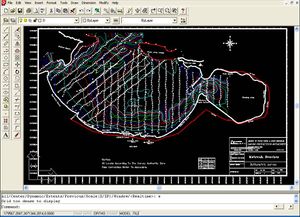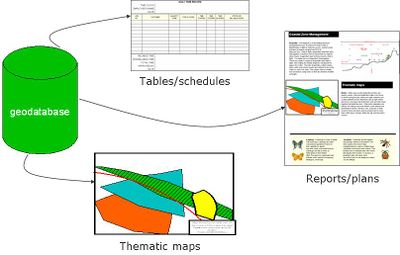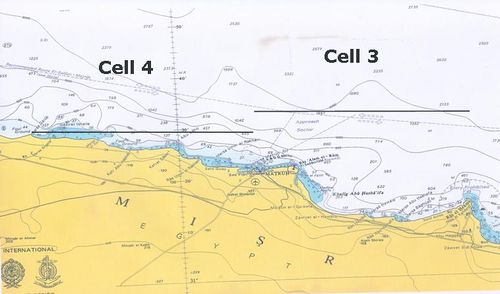Geographical Information System
Definition of Geographical Information system (GIS):
Geographical Information System (GIS) is a tool for analysis and presentation of spatial data. It is a collection of computer hardware, software and geographic data for capturing, managing, analysing and displaying all forms of geographically referenced information.
This is the common definition for Geographical Information system (GIS), other definitions can be discussed in the article
|
Contents
[hide]What is GIS?
A Geographic Information System organizes large volumes of raw data into a map form for easy comprehension. It divides raw data into layers so it can give you a better understanding for the whole world.
A GIS is designed for the collection, storage, and analysis of objects and phenomena where geographic location is an important characteristic or critical to the analysis - this definition is broad and applies to a wide variety of methods for storing, accessing, and manipulating geographic information; it does not limit GIS to the computer environment[1] .
Why is GIS unique?
- GIS handles SPATIAL information
- Information referenced by its location in space
GIS Data
GIS stores geographic coordinate data (spatial data) and attribute data.
Spatial data:
- represent features having known locations on earth
- one of: points (0D), lines (1D) or areas (2D)
Attribute data:
- non-graphic information linked to the geographical features (spatial data) describing features eg type of road, name, history.
Data formats
Two basic formats for storing and processing coordinate data: Vector and Raster
Vector:
- uses point locations (X,Y coordinate)
- advantage: less storage space
- disadvantage: may be more difficult to perform certain overlay functions
Raster:
- data stored as a matrix of pixels, representing points.
- to analyse or overlay multiple data layers, the layers must share a common projection and coordinate system, and layers must have topology established
- Disadvantage: it is necessary to store the entire matrix
- Advantage: can perform neighbourhood analysis easily
Data types
- DFS2 Data MIKE 21
- Dfs1 Data MIKE 21
- XYZ Data
- Wave time series & Rose
- Scanned Maps
- CAD drawing
Additional Data
- Land use
- Sediment classification
- Satellite images
- Geographical maps
- Reports (design, licenses, Site investigation)
- ….etc.
Map data is separated and stored in layers usually based on common geographical themes or data type. And alternative is objected-oriented GIS, where geographical and all other information regarding a feature stored as an object.
GIS functions
- Data input
- Storage
- Management
- Analysis
- Output
Data input
Data input can by via:
- keyboard entry
- digitising maps
- digital scanning (like a photocopy)
Storing data using Geodatabase
Geodatabase is a container for spatial and non- spatial data that can be organized in a certain structure. It has the following advantages:
- GIS provides a single, consolidated data storage for field measurements and all types of data used.
- the ability of controlling data entry by applying validation rule on the attributes.
Data management
Database management system controls the way data are stored and retrieved. This includes verifying geographic coordinates and examining for accuracy.
GIS analysis
GIS analysis creates new data by manipulating existing data or analyzing relationships between sets of data. It'sbasic operations: retriecal, map generalization, map abstractions, map sheet manipulation, map abstractions, map sheet manipulation, buffer generation, polgygon overlay and dissolve, measurements, digital terrain analysis and network analysis (Cox and wotshisface, 1997).
Output
- display of output through printers and computer screens
Benefits of GIS
- ability to integrate different databases into one environment
- ability to display and manage spatial data in a spatial contect
- rapid production of specialized map and graphic products
- performs complex spatial analysis
CZM and GIS
- GIS stores all data relevant for the CZM
- GIS handles data on all spatial scales (North Egypt coast vs. a single harbour)
- GIS is a powerful analysis tool.
- Comparison of measurements from different years
- Overlay analysis of measurements and modelling results
External links
- GISIG –- - Geographical Information Systems International Group
- GIS WWWW resource list of servers likely to be of interest to the GIS community
- GIS dictionary
- Wikipedia: GIS
References
- Jump up ↑ Cox, A., Gifford, F. An overview to geographic information systems. The Journal of Academic Librarianship, Volume 23, Issue 6, November 1997, Pages 449-461
8th January, Ulrik Lumborg, DHI.
(Caitlin 09:53, 18 January 2007 (Romance Standard Time))





